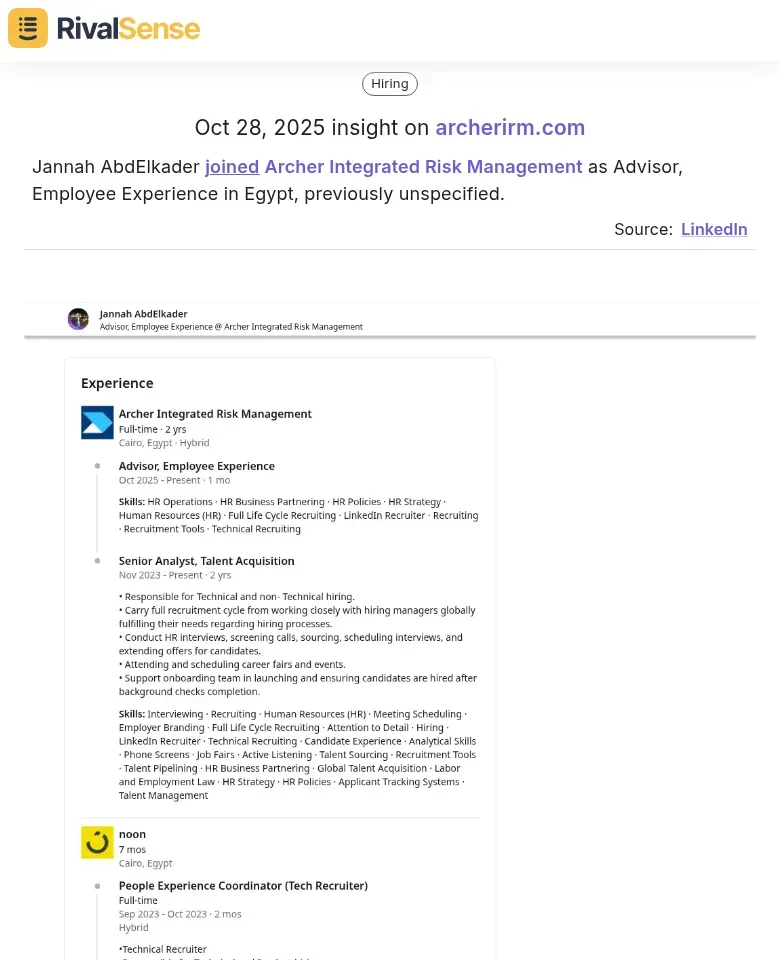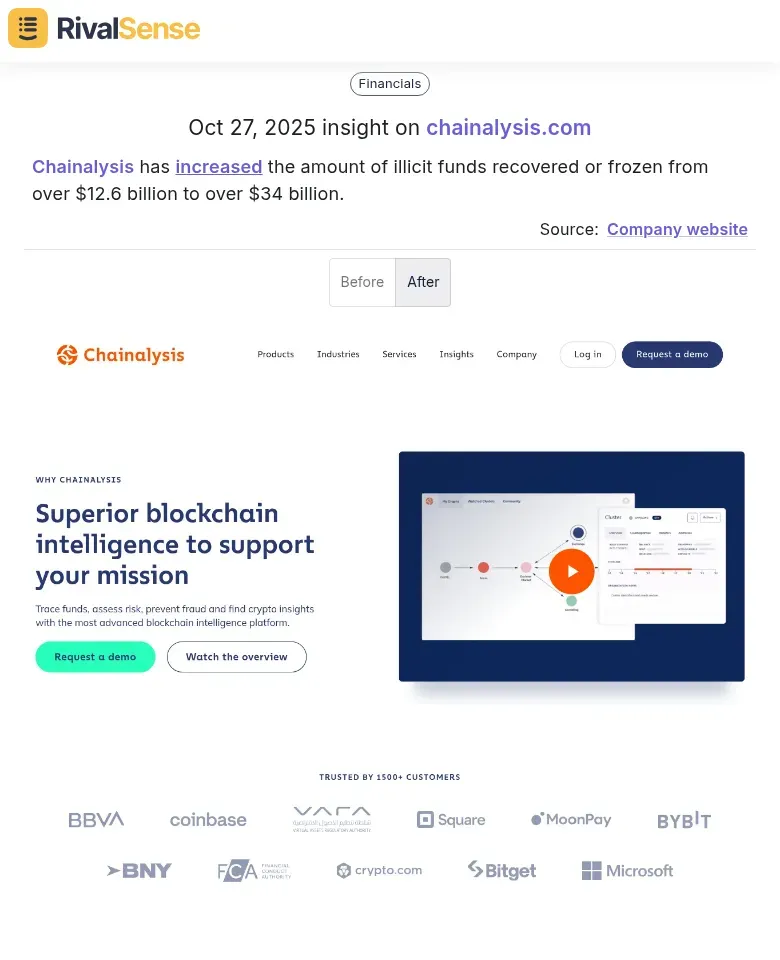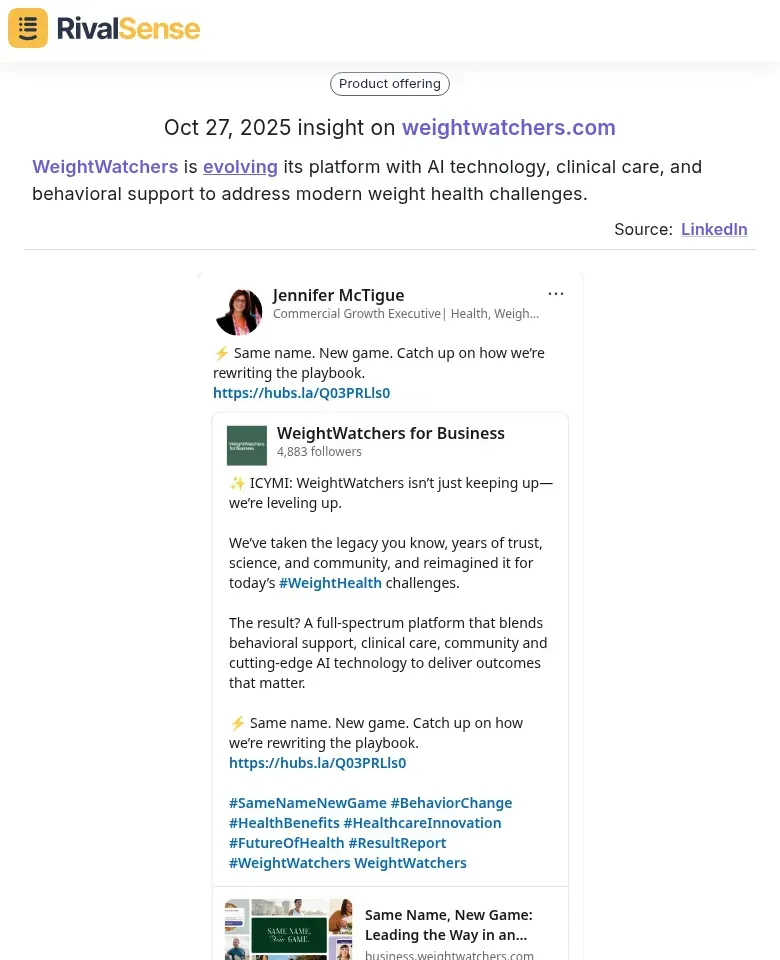Optimize Smart Building Integration with Key Account Tracking Apps
Smart building integration connects IoT devices, energy systems, and occupancy sensors to automate operations, cut costs, and boost sustainability. For businesses, this means real-time control over lighting, HVAC, and security, leading to up to 30% energy savings and improved tenant satisfaction. Key account tracking apps are essential here—they monitor high-value clients or critical assets within the building, providing data on usage patterns, maintenance needs, and performance metrics.
🔧 Practical steps to get started:
- Use apps to set alerts for abnormal usage in energy or occupancy.
- Analyze trends weekly to adjust settings for optimal efficiency.
- Integrate with CRM systems for seamless client reporting and enhanced communication.
This approach enhances decision-making by offering actionable insights, driving higher ROI through targeted optimizations and proactive management.
Essential Features of Key Account Tracking Apps for Smart Buildings
Key account tracking apps are essential for optimizing smart building integration, offering real-time monitoring and data analytics to track energy usage, occupancy, and equipment performance instantly. For example, use these tools to detect anomalies in HVAC systems, reducing downtime and maintenance costs by up to 20%.
📊 Key features to look for:
- Real-time data dashboards for instant insights into building operations.
- Predictive maintenance alerts to foresee equipment failures.
- Seamless integration with IoT devices and building management systems (BMS) via APIs or protocols like BACnet.
✅ Actionable checklist for selection:
- Choose apps with robust analytics for predictive maintenance.
- Ensure compatibility with your existing IoT ecosystem.
- Set up automated alerts for critical metrics like energy spikes or occupancy drops.
This strategy enhances efficiency and supports data-driven decisions in smart building operations.
Strategies for Implementing Tracking Apps in Smart Building Projects
Selecting the right tracking app starts with defining clear business goals, such as prioritizing real-time monitoring, energy efficiency analytics, or tenant engagement. Evaluate apps based on scalability, integration with existing IoT devices (e.g., HVAC, lighting), and vendor support—test demos to ensure compatibility and ease of use.
🚀 Implementation best practices:
- Phase rollouts in non-critical areas first to minimize disruptions.
- Provide hands-on training sessions with role-specific guides to boost user adoption.
- Emphasize data security by choosing apps with end-to-end encryption, regular audits, and compliance with standards like GDPR or ISO 27001.
🔒 Security tips:
- Implement access controls and anonymize sensitive data to protect privacy.
- Create a vendor selection checklist including uptime guarantees and data breach response plans.
This streamlined approach minimizes risks and accelerates successful integration.
Analyzing Competitor Use of Tracking Apps in the Smart Building Market
In the smart building market, tracking apps reveal competitor strategies and adoption trends, helping you stay ahead in a dynamic industry. Start by identifying which key account tracking apps your rivals use—tools like RivalSense can provide insights into their app integrations, feature usage, and customer engagement patterns.
For instance, monitoring personnel changes through RivalSense can uncover shifts in competitor focus or expansion plans. Take the example of Jannah AbdElkader joining Archer Integrated Risk Management as Advisor, Employee Experience in Egypt—this type of insight helps you anticipate talent acquisitions that might signal new market entries or strategic pivots, allowing you to adjust your hiring or partnership strategies proactively.

📈 Practical steps for competitive analysis:
- List top competitors and their preferred tracking apps using intelligence tools.
- Analyze app reviews and update logs for emerging trends and feature adoptions.
- Compare your app's adoption rates and user feedback to identify gaps.
- Adjust your strategy based on insights—e.g., enhance integrations if competitors are leading in IoT connectivity.
This data-driven approach ensures you capitalize on opportunities and mitigate threats.
Measuring Success and Optimizing Performance with Tracking Apps
To optimize smart building integration, track key metrics like energy consumption (kWh), operational costs, occupancy rates, and maintenance response times for continuous improvement. Use tracking apps to monitor competitor strategies and industry benchmarks, enabling you to identify inefficiencies and refine your approach.
For example, insights into financial or operational metrics, such as Chainalysis increasing illicit funds recovered from over $12.6 billion to over $34 billion, demonstrate how performance improvements can be benchmarked. This type of data helps you set realistic goals and measure your progress against industry leaders, fostering a culture of excellence and innovation.

📋 Optimization checklist:
- Set up automated alerts for metric thresholds to respond quickly to anomalies.
- Create a real-time dashboard for monitoring energy usage and occupancy patterns.
- Benchmark against competitors' smart building initiatives to identify best practices.
- Conduct A/B testing on IoT device configurations to find the most efficient setups.
This proactive management drives cost savings and enhances long-term efficiency.
Future Trends and Innovations in Smart Building Integration
The future of smart building integration is being reshaped by emerging technologies like AI, IoT, and edge computing, which enable real-time data analytics and predictive maintenance for smarter operations. For instance, AI-powered systems can forecast equipment failures, reducing downtime by up to 30%, while IoT sensors optimize energy use and occupant comfort through adaptive learning.
Staying updated on product evolutions is crucial; for example, WeightWatchers is evolving its platform with AI technology, clinical care, and behavioral support to address modern health challenges. This type of insight highlights how AI-driven innovations can transform industries, urging businesses to adopt similar technologies in smart buildings to enhance account tracking, predict tenant needs, and stay competitive.

🔮 Steps to future-proof your strategy:
- Invest in AI-enhanced account tracking apps that integrate CRM and unstructured data for real-time insights.
- Conduct quarterly competitor analysis to monitor shifts in technology adoption.
- Train teams on interpreting AI-generated alerts for proactive decision-making.
- Pilot AI tools in one building to measure ROI before scaling across portfolios.
By embracing these trends, you can lead in innovation and avoid falling behind more agile competitors.
🚀 Ready to unlock these insights for your business? Try RivalSense for free at https://rivalsense.co/ and get your first competitor report today! With weekly updates on product launches, pricing changes, and more, RivalSense helps you stay ahead in the smart building market.
📚 Read more
👉 How Talent Movement Insights Transformed Competitive Strategy Against inDrive
👉 LinkedIn Competitive Analysis: Unlock Key Account Growth Insights
👉 Mapping Competitor Moves: Transport Industry Productivity Tactics
👉 Competitor Financials & M&A Cheat Sheet: Track Hiring for Insights
